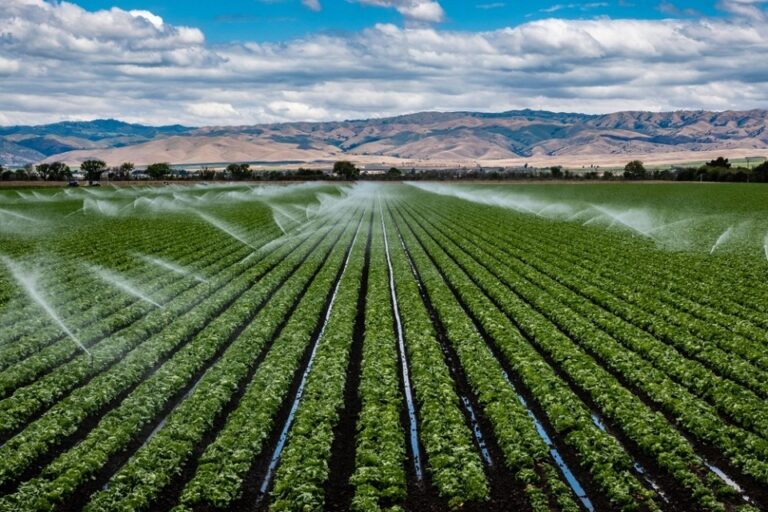Environmental conservation is an important topic, especially concerning our water resources. Water well drilling can have physical or chemical consequences on the surrounding environment. Hence, proper precautions must be taken to protect the area and meet safety standards.
Air chemical pollution results from the evaporation of drilling fluid compounds during preparation, spills, and transportation. This pollution includes benzene, toluene, xylene, particulate matter and dust, nitrogen oxides, carbon monoxide, and methane.
Site Selection
Depending on the type of well drilled, its location can significantly impact the surrounding environment. For example, unconfined aquifers are generally closer to the surface and more susceptible to contamination than confined aquifers. That makes selecting a site far enough from contamination sources, such as on-lot sewage system absorption fields, barnyards, silos, and pastures, essential.
Also, it is best to avoid locations prone to flooding, as the water contaminated with drilling wastewater may be swept into and carried downstream by floodwaters. It can lead to cross-contamination of aquifers.
Using efficient drilling methods, such as using biodegradable fluids and minimizing energy consumption, can also help reduce the environmental impact of water well drilling Fort Bend. These methods make minimizing the amount of pollutants emitted into local environments and water supplies easier. These pollutants include benzene, toluene, xylene and ethyl benzene (BTEX), particulate matter and dust, ground-level ozone (smog), and nitrogen oxides.
Environmental Impact Assessment
As the name suggests, environmental impact assessments are carried out to assess the effect of any proposed work on the natural environment. It can take in everything from groundwater pollution to the impact of the work on native flora and fauna.
The scope of environmental impact assessment is generally reasonably comprehensive, and the work can also include assessments at a more strategic level, such as regional or national scales. This type of analysis can help a project avoid conflict with broader conservation and sustainability goals.
One potential area of concern with shale gas drilling is the effect on marine ecosystems. Using the data available on the spatial footprint of oil spills in the deep-sea benthos, it is possible to estimate a safe distance from sensitive habitats for any work that might be done. However, there are better ways to determine the most appropriate buffer zones or MPA extensions in areas where these effects are unknown.
Drilling Methods
Water well drilling requires tapping into groundwater reservoirs deep below Earth’s surface. This process alters local water tables and can disrupt nearby ecosystems if not performed correctly, so strict adherence to environmental protocols is essential.
Drilling wastewater contains sediment, mud, and foam from the construction process that can pollute a stream, river (even if temporarily dry), wetland, channel, or water well. It can cause visual, chemical, and biological changes to the surrounding environment and degrade water quality that supports fish and aquatic species. Discharging this wastewater violates state and federal regulations.
To avoid such contamination, well drilling companies should use a catchment basin to capture and hold the drilling wastewater until it evaporates or clears up. They should also employ mechanical methods to loosen rock fragments and prevent smothering and clogging, such as backwashing or surging with the pump. In addition, they should use DRY ACID to break down and dissolve the “mud cake” that lingers at the bottom of a drilled well.
Waste Management
Drilling waste contains a variety of toxic components and can be damaging to the environment. The most severe damage occurs when the drilling waste is sprayed directly onto the ground. Land spraying is not regulated, and there is no isolation of the waste components, which will assimilate into the soil. This method is also associated with smothering organisms and anoxic conditions that can harm aquatic life in the area’s water bodies.
Dug and drive-point wells pose the most significant risk of contamination, whereas drilled wells have less risk. These wells draw water from aquifers close to the surface, which may be polluted by activities nearby.
Locating your residential well in an appropriate spot can minimize pollution risks. For example, locate your well above surrounding pollution sources such as fuel tanks, livestock yards, or septic systems. It is also vital to follow state-recommended minimum separation distances. MU Extension offices, local health departments, and county sanitary districts can provide information on recommended separation distances.






